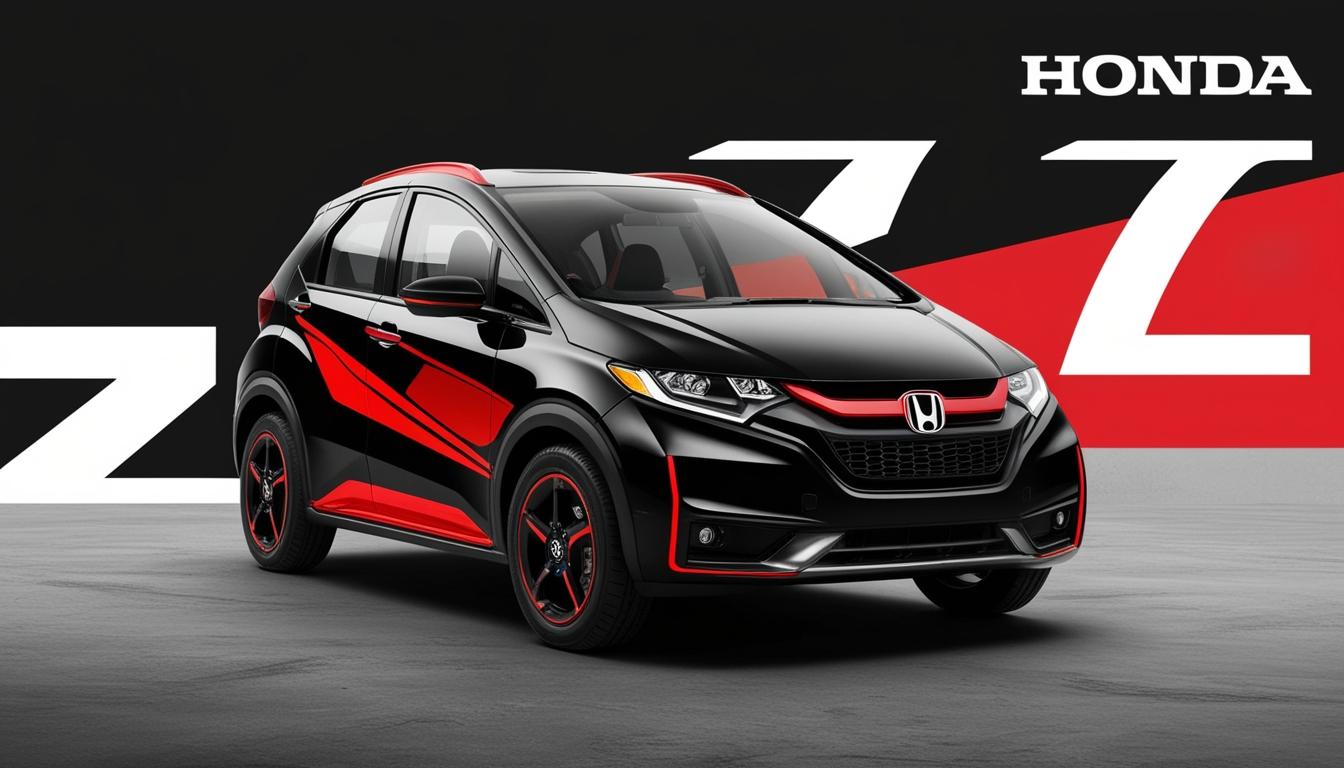At the Consumer Electronics Show (CES) in Las Vegas, Honda unveiled its latest innovations in electric vehicle technology with the introduction of its new battery-electric prototypes, the Honda Zero SUV and Honda Zero Saloon. Based on advanced concepts, these vehicles are set to move into production by 2026, marking a significant step in Honda’s commitment to sustainable automotive solutions.
The Honda Zero SUV, described as reminiscent of an ’80s dustbuster combined with elements from the Volvo EX30, aims to deliver a unique design and functionality. Notably, it features an innovative rear cargo opening that includes dual fold-down tables, enhancing its practicality for users. Conversely, the Honda 0 Saloon has drawn comparisons to an anteater with its swooping lines and retro-style headlights that evoke the look of the Lamborghini Countach. While both prototypes are still in the development phase and carry a prototype appearance, they show promise for a final production design that is reportedly much refined compared to initial concept sketches.
Honda has emphasised that the Zero vehicles will incorporate their new in-house developed operating system, Asimo OS, which echoes the legacy of their retired humanoid robot, Asimo. This choice, as explained by company executives at CES, rests on three foundational principles: “thin, light, and wise.” The focus at CES was particularly on the "wise" principle, underscoring the OS's capabilities for ultra-personal optimisation of the digital experience and automated driving functionality.
Currently targeted for the North American market, production of the SUV will be based at Honda's factory in Ohio, aligning with future plans for integrated manufacturing innovations. With the development of Level 3 automated driving, occupants will be allowed to disengage from driving tasks, opening up possibilities for leisure activities such as watching videos or attending remote meetings while on the road. This feature is currently limited to Honda's Legend sedan in Japan, facilitating Honda's aim to enhance user experience through over-the-air updates.
Complementing the launch of the Zero prototypes, Honda announced a partnership with Renesas, a Japanese semiconductor manufacturer, to develop a system-on-a-chip solution. This collaboration aims to streamline vehicle electronics by consolidating multiple electronic control units (ECUs) into a single processing entity. Honda’s approach is to reduce wiring complexity and improve vehicle response times, as multiple ECUs currently create communication delays due to their interdependence.
In addition to showcasing these vehicle prototypes, Honda reiterated its commitment to leverage artificial intelligence alongside Helm.AI, wherein Honda’s significant investment aims to use smaller data sets to enhance the capabilities of its automated driving systems. This partnership will allow Honda to build a more responsive and adaptable vehicle capable of handling various driving conditions.
The unveiling of the Honda Zero prototypes at CES underscores the automaker's forward-looking vision for integrating technology and design with evolving consumer needs. These announcements reflect Honda's strategic direction in the electric vehicle market and its proactive measures to create vehicles that prioritise not just utility and performance, but also user experience through intelligent design and automation.
Source: Noah Wire Services
